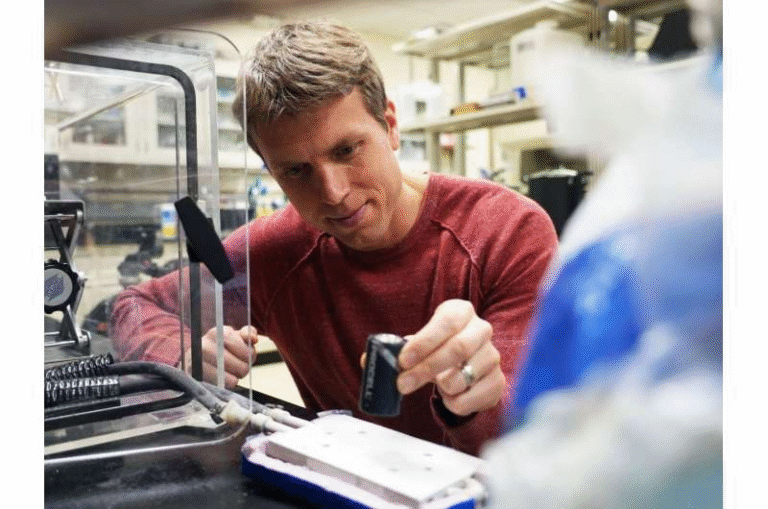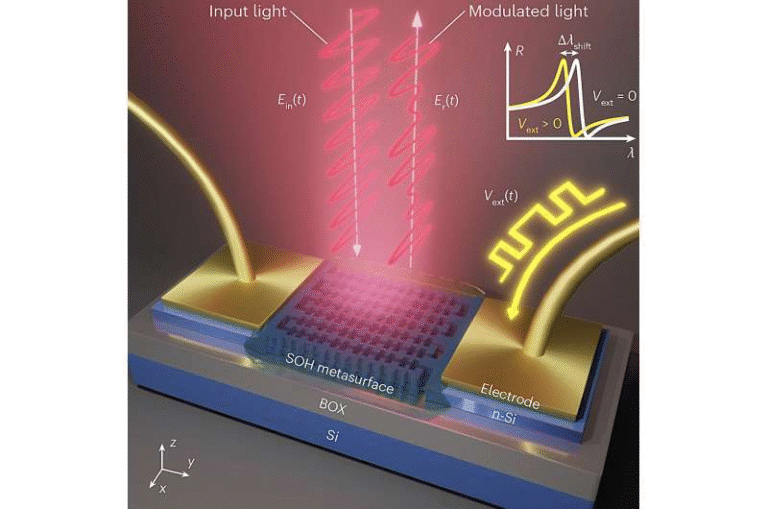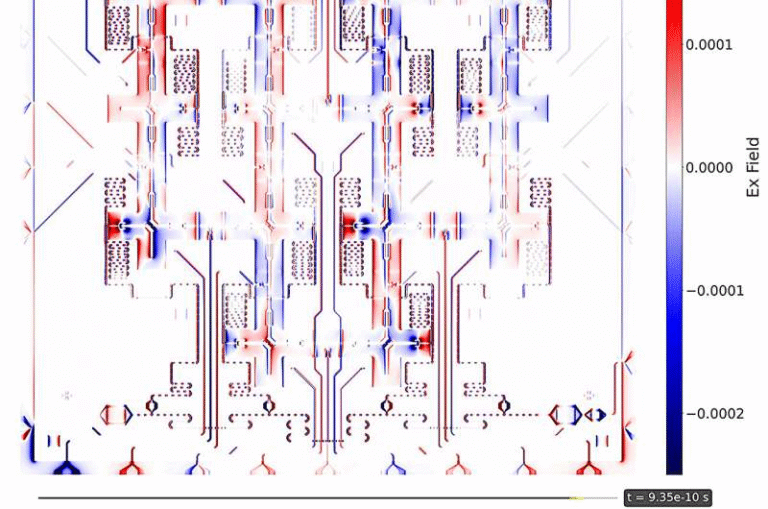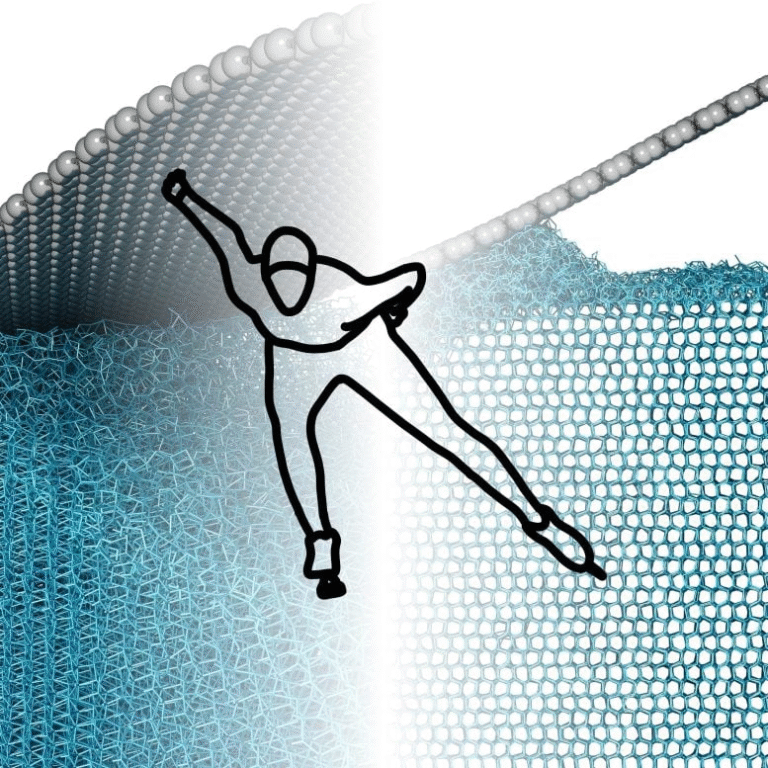Physicists Find a Way to Run Complex Quantum Simulations on Ordinary Laptops

Physicists from the University at Buffalo have achieved a major milestone in computational physics—bringing quantum simulations down from massive supercomputers to everyday laptops. Their new approach improves a long-standing method known as the Truncated Wigner Approximation (TWA), making it powerful, affordable, and easy to use.
Published in the journal PRX Quantum in September 2025, this research shows how high-level quantum modeling—once considered impossible without immense computing resources—can now be handled by scientists using standard computers. This is more than a convenience upgrade; it’s a potential game-changer for how physicists around the world study and simulate complex quantum systems.
Understanding the Problem: Why Quantum Simulations Are So Hard
At the quantum level, particles behave in ways that are wildly complex. A single quantum system can have trillions of possible interactions happening at once. Modeling such behavior accurately means solving equations that grow exponentially in complexity as the system size increases.
Traditionally, physicists rely on supercomputers or advanced AI models to handle this task. These simulations can take days, sometimes weeks, and demand enormous computational power. That’s fine for a handful of top research centers, but it leaves most scientists waiting in line for limited computing time.
The idea that quantum simulations could one day run on regular computers has been around for years—but the math and methods to make that happen simply weren’t practical. That’s what makes this latest development from Buffalo so striking.
The Breakthrough: Expanding the Truncated Wigner Approximation
The key to this progress lies in the Truncated Wigner Approximation (TWA). Developed in the 1970s, TWA is a semiclassical method—it sits between classical and quantum physics. The idea is simple but clever: rather than tracking every single quantum state exactly, it approximates the quantum system using classical trajectories, with just enough quantum behavior retained to produce meaningful results.
Until now, TWA worked best for closed systems—those isolated from their surroundings, where no energy is gained or lost. However, real-world systems are open: particles exchange energy, experience external forces, and lose energy to their environment. These are called dissipative or driven-dissipative systems.
What the University at Buffalo team did was expand TWA to handle exactly these kinds of messy, real-world systems. That means the method can now be used to study far more realistic quantum situations—those that occur in labs and quantum devices every day.
Their version of TWA also comes with a user-friendly framework. Instead of requiring researchers to rebuild the math from scratch each time they simulate a new system, this framework provides a clear conversion table. In other words, you take your quantum problem, feed in the relevant data, and the equations you need are ready to solve—often within hours.
Making Quantum Tools Accessible
The research team describes their upgraded TWA as low-cost, efficient, and easy to learn. According to the report, physicists familiar with the basics can pick it up in a day and begin running advanced simulations within a few days.
This accessibility could change how the field operates. Many physics departments, especially in smaller institutions, don’t have access to national-scale supercomputing clusters. With this new approach, any researcher with a decent laptop can simulate and explore complex quantum dynamics that once required expensive infrastructure.
That also frees up the supercomputers for the truly hard stuff—the quantum systems that are so complex they can’t be approximated semiclassically at all.
Who’s Behind the Research
The study’s corresponding author is Jamir Marino, a physics professor who recently joined the University at Buffalo after working at Johannes Gutenberg University Mainz in Germany. His co-authors are Hossein Hosseinabadi and Oksana Chelpanova, both of whom contributed to the project in Mainz. Chelpanova is now a postdoctoral researcher in Marino’s lab at Buffalo.
Funding came from several major sources, including the National Science Foundation (NSF) in the United States, the German Research Foundation (DFG), and the European Union.
The paper, published in PRX Quantum, is titled “User-Friendly Truncated Wigner Approximation for Dissipative Spin Dynamics.”
Diving Deeper: What Is the Truncated Wigner Approximation?
To appreciate this achievement, it helps to understand what TWA actually does.
Every quantum system can be described by a wavefunction, which contains probabilities for all possible states of the system. When systems get large, the wavefunction becomes impossibly complex—too much information to compute directly.
TWA bypasses this by converting the quantum system into a phase-space representation, where each point represents a possible configuration of positions and momenta (like in classical physics). The trick is to sample a large number of these configurations, evolve each one over time using simpler classical equations, and then average the results.
This approach captures some quantum effects—like interference and fluctuations—without demanding the full mathematical treatment. It’s a shortcut that’s been used in many areas of quantum optics, ultracold atoms, and condensed matter physics.
But it had a serious limitation: it didn’t handle open systems.
What Makes This New Approach Different
The Buffalo team’s main contribution is adapting TWA to handle dissipative spin dynamics, which describe systems where energy flows in and out. These include lasers, arrays of Rydberg atoms, spin ensembles interacting with light, and even central-spin systems—a core model in quantum information science.
To do this, the researchers built a mathematical bridge between the Lindblad master equation (which governs open quantum systems) and the semiclassical stochastic equations used in TWA.
That bridge means researchers can now input their problem—drives, losses, couplings—and automatically generate the correct set of equations to simulate the system. No need to dig through pages of derivations every time.
The team tested their method on several important model systems:
- Lasing models, where photons build up and leak out.
- Central-spin models, representing a single spin coupled to a large environment.
- Driven arrays of Rydberg atoms, a popular platform for simulating quantum matter.
- Correlated emission in free space, where atoms radiate together.
Across these tests, their version of TWA not only performed well but often outperformed the cumulant-expansion method, another widely used semiclassical approach. And crucially, it required much less computational power.
What This Means for Quantum Research
The potential impact is huge. Physicists working in quantum optics, cold-atom physics, and spin dynamics can now simulate realistic open systems on standard computers.
Instead of waiting for access to a high-performance computing cluster, researchers can test their ideas locally, refine their models, and only move to larger simulations when absolutely necessary.
This will likely accelerate discovery, make simulation tools more democratic, and allow more institutions to participate meaningfully in cutting-edge quantum research.
The work also highlights how much value can come from reviving and improving older methods. The Truncated Wigner Approximation has existed for decades, but adapting it for the complexity of real, dissipative systems took careful re-thinking and mathematical creativity.
The Broader Context: Semiclassical Physics and Its Role
In the hierarchy of physics methods, semiclassical techniques sit between the extremes. On one end is classical mechanics—fast, intuitive, but inaccurate for quantum behavior. On the other is full quantum mechanics—precise but computationally intense.
Semiclassical methods, like TWA, offer a middle ground: they keep the most important quantum features while simplifying enough to be tractable. They’re especially valuable in systems where quantum effects are noticeable but not dominant, such as in quantum optics, Bose–Einstein condensates, and superconducting circuits.
The beauty of semiclassical physics is that it captures essential quantum dynamics—like coherence and fluctuations—without requiring the full, exponentially large quantum state.
The improved TWA from Buffalo pushes this philosophy further: it extends the reach of semiclassical methods into domains once thought too messy or complex for them.
Why This Matters Beyond Academia
The significance of this advancement isn’t limited to academic theorists.
Quantum technology—including quantum computing, sensing, and communication—depends heavily on understanding open quantum systems. Real devices are never perfectly isolated; they interact with their environments and lose coherence.
Being able to simulate those effects accurately and efficiently could improve how quantum hardware is designed, optimized, and scaled. The new TWA method might help engineers and experimentalists model noise, decoherence, and energy loss more efficiently, leading to better device performance.
And since the method doesn’t require a supercomputer, even start-ups and smaller research labs could apply it to prototype designs and simulations.
Limitations and Future Directions
As powerful as this new approach is, it’s still an approximation. It won’t replace full quantum simulation in cases where strong entanglement or non-classical correlations dominate. For those, more exact quantum computational techniques remain essential.
The researchers emphasize that this is a complementary tool, not a universal one. Its strength lies in tackling many-body systems where a full quantum approach would be overkill, letting scientists reserve expensive resources for the hardest problems.
In other words, this method doesn’t make supercomputers obsolete—it simply frees them up for when they’re truly needed.
Looking Ahead
This development fits a broader trend in modern physics: making advanced computational methods accessible, transparent, and reusable.
Just as open-source software has transformed fields like AI and data science, having user-friendly physics tools can democratize research. If the Buffalo team releases software packages or libraries implementing their framework, it could quickly become a standard tool in the quantum research community.
With computational costs dropping and accessibility rising, we might soon see graduate students and experimental teams simulating realistic quantum systems in real time, testing new ideas within hours rather than weeks.
That’s an exciting prospect—not because it replaces supercomputers, but because it gives scientists everywhere a way to think and experiment faster.
Reference
Research Paper: User-Friendly Truncated Wigner Approximation for Dissipative Spin Dynamics – PRX Quantum, 8 September 2025





